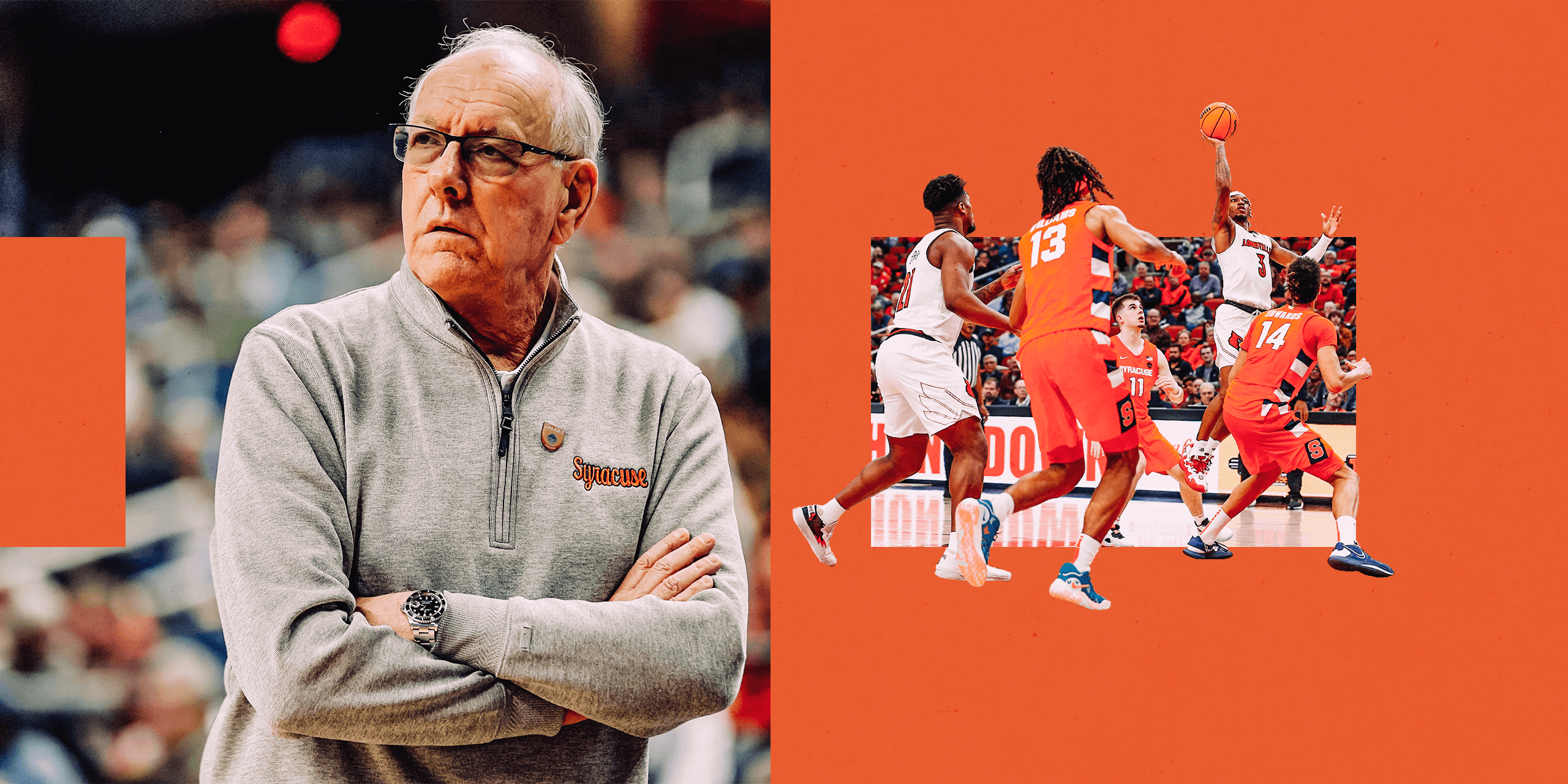I don’t see how Merrimack’s zone is that different from ours. Our center often does close out and match up with the player that goes to the middle. JB would adjust based on who they put in the middle. The difference with Merrimack is that we didn’t have the personnel in recent years to run people off the 3 point line in a high major level. They’re a low major so they’re not going against elite athletes.
Anyhow, some really interesting nuggets in that article, including this:
But the Heat provide some hope that it’s possible to not just play two kinds of defenses well but to play a zone against one of the best shooting teams in the world. The Celtics ranked second in the NBA in 3-pointers made this past season, and the zone worked against them even when they had five shooters on the floor.
Gallo has re-watched the Heat’s zone possessions this postseason and felt even more empowered that the defense can work in today’s game if the activity level is there. He says most coaches stay away from zone because they think it’s hard to determine where the breakdown occurred. In man-to-man, there’s always someone to blame. Gallo believes it’s the same in a zone. It’s not hard for him to grade out his players.
“(The zone) is holding our guys accountable for their position,” he says.
If Gallo gets a job at a bigger school, he says he’ll stick with the zone. Pitino barely played any zone at Iona because he says the center is the middle of the wheel and directs everyone, and he didn’t have a player in that spot who could handle that responsibility. This season at St. John’s, he’ll have an old team capable of the communication it takes. His matchup zone will make a return.
[Pitino is an example of a great coach who adjusts to his personnel and what they can and can’t do.]


